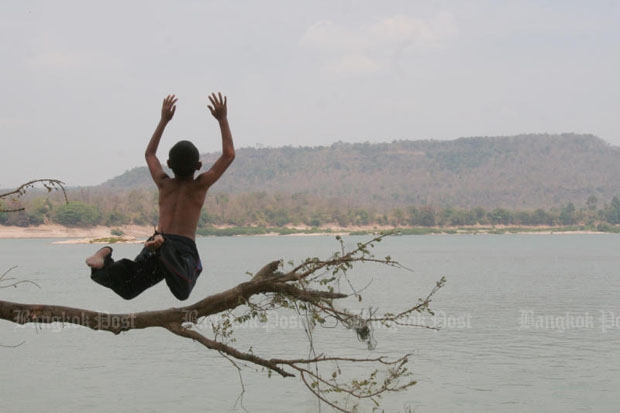
A feasibility study on a proposal to build a tunnel diverting water from the Mekong River to the drought-stricken Northeast region will be wrapped up by year-end and will determine whether the multi-billion baht project is economically viable, a senior irrigation official says.
Somkiat Prajamwong, director of the Project Management Office, Department of Royal Irrigation, said the study on the Mekong-Loei-Chi-Mun project, which will manage and divert water from the Mekong to the Chi and the Mun rivers, will also focus on the technical and engineering aspects to make sure water can be diverted to the destinations using only the principle of gravity.
The tunnel project has been proposed by many governments with many feasibility studies having been undertaken.
The latest pre-feasibility study was done in 2008 and the feasibility study was later completed in 2012. The department decided to conduct an additional assessment in October of last year.
Panya Consultant company was selected for the study, which should be completed by Dec 31, 2016, with a final decision on the project a couple of months afterwards.
Local activists objected, arguing the project is not worth the 100 billion baht-plus investment involved.
They also argued that gravity alone could not drive water through the tunnel and the project will also spread salty water throughout the region.
They suggested restoring natural water sources and constructing more water reservoirs as an alternative, instead of investing lots of money in a questionable project.
However, the irrigation department said the project is expected to increase agricultural zones by 30.64 million rai in 17 northeastern provinces.
It also said that 1.72 million families will benefit from the project, which would increase farm income to 199,000 baht per family per year from 67,982 baht.
Mr Somkiat insisted: "We need to do a careful feasibility study to make the right decision as to whether we should go ahead with the project.
"What we are concerned about most is if the tunnel can effectively channel water to its destination. Technical engineering issues are our prime concerns."

